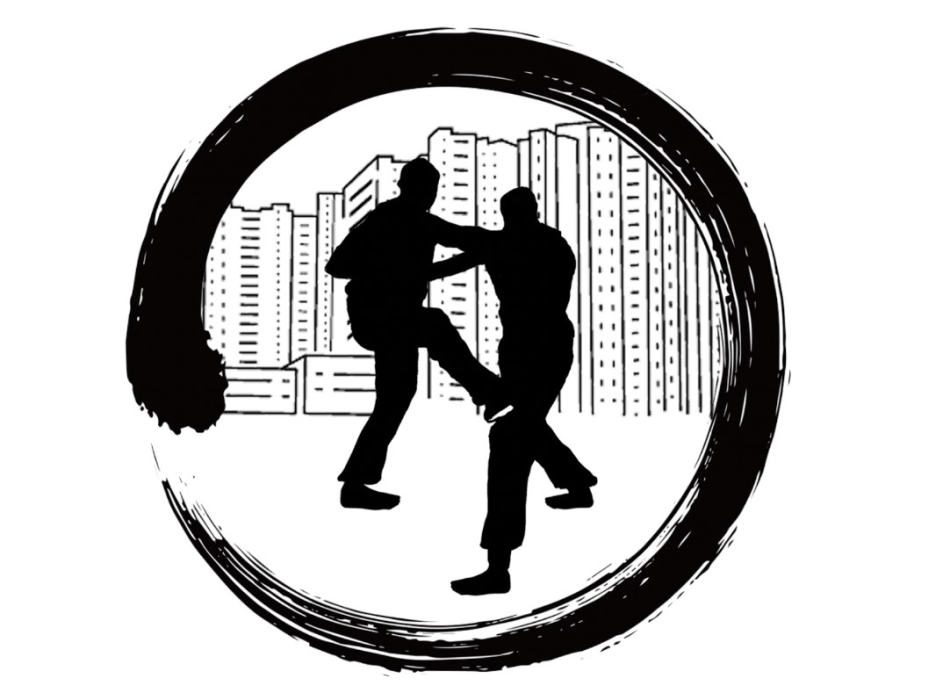Enhancing Self-Defense Skills Through Kung Fu: A Comprehensive Guide for Beginners
Kung Fu, an ancient Chinese martial art, has gained global recognition for its effectiveness in self-defense and overall physical fitness. Among the various styles of Kung Fu, Wing Chun has emerged as a particularly practical and efficient system for self-defense. This comprehensive guide explores how Kung Fu, especially Wing Chun, can significantly enhance self-defense skills for beginners.
The Role of Kung Fu in Self-Defense
Kung Fu is a comprehensive system of physical and mental training refined over centuries. In self-defense contexts, Kung Fu offers a unique blend of techniques that prove highly effective in real-world situations.
Key Aspects of Kung Fu’s Effectiveness in Self-Defense
- Practical techniques: Emphasizes efficient movements applicable to real-life scenarios.
- Mental conditioning: Trains practitioners to maintain composure under pressure.
- Physical fitness: Regular practice enhances strength, flexibility, and overall body coordination.
- Adaptability: Techniques can be modified to suit various body types and situations.
Wing Chun: An Effective Kung Fu Style for Self-Defense
Wing Chun stands out among Kung Fu styles for its self-defense efficacy. Developed by a female martial artist, Wing Chun focuses on close-range combat and efficient energy utilization, making it suitable for practitioners of all physical attributes.
Fundamental Principles of Wing Chun
- Centerline theory: Protection and attack along the body’s centerline
- Economy of motion: Utilization of the most direct path in attacks and defenses
- Simultaneous attack and defense: Integration of offensive and defensive movements
- Sensitivity training: Development of tactile reflexes to respond to an opponent’s actions
Self-Defense Skill Enhancement Through Kung Fu
The following sections detail specific ways in which Kung Fu, particularly Wing Chun, enhances self-defense capabilities.
1. Enhancing Awareness and Perception
Kung Fu training develops a heightened sense of awareness, crucial in self-defense situations, enabling practitioners to:
- Identify potential threats before escalation
- Rapidly assess surroundings
- Respond promptly to sudden attacks
Regular practice cultivates a state of relaxed alertness, essential for effective self-defense.
2. Improving Physical Fitness and Coordination
Kung Fu training provides comprehensive physical conditioning that directly enhances self-defense capabilities:
- Increased strength for powerful strikes and blocks
- Enhanced flexibility for expanded range of motion
- Improved stamina for sustained effort during confrontations
- Enhanced coordination for executing complex movements
3. Developing Effective Striking Techniques
Kung Fu, especially Wing Chun, teaches a variety of powerful and efficient striking techniques, including:
- Chain punches: Rapid succession of straight punches
- Palm strikes: Open-handed strikes for effective impact
- Elbow strikes: Close-range strikes utilizing the elbow
- Kicks: Various low and mid-level kicks for different scenarios
These techniques are designed for swift threat neutralization, ideal for self-defense situations.
4. Mastering Defensive Moves and Blocks
Kung Fu emphasizes efficient blocking methods, particularly in Wing Chun:
- Pak Sao: A deflecting slap block
- Tan Sao: A palm-up redirecting block
- Bong Sao: A wing-arm block for close-range defense
These defensive techniques not only provide protection but often create counter-attack opportunities.
5. Learning Grappling and Close-Quarter Combat
Many Kung Fu styles, including Wing Chun, incorporate grappling and close-quarter combat techniques essential for limited-distance self-defense:
- Chi Sao: “Sticky hands” drills for developing sensitivity and close-range fighting skills
- Trapping: Techniques for controlling an opponent’s limbs
- Joint locks: Methods for immobilizing an attacker
6. Developing Mental Resilience and Confidence
Kung Fu training significantly contributes to mental resilience and self-confidence, enabling practitioners to:
- Maintain composure under pressure
- Make rapid decisions in stressful situations
- Build confidence in self-protection abilities
- Develop a balanced mindset of strength and humility
Practical Guidelines for Beginners in Kung Fu Self-Defense
For those new to Kung Fu seeking to enhance self-defense skills, consider the following recommendations:
1. Selecting a Qualified Instructor
Seek a reputable Kung Fu or Wing Chun instructor with expertise in self-defense training. A proficient instructor will emphasize both technique and practical application.
2. Focusing on Fundamentals
Master basic stances, strikes, and blocks before progressing to advanced techniques. A solid foundation is crucial for effective self-defense.
3. Maintaining Consistent Practice
Aim for 2-3 training sessions per week to achieve significant skill improvement.
4. Incorporating Fitness Training
Supplement Kung Fu practice with general fitness exercises to enhance strength, flexibility, and endurance.
5. Studying Real-Life Scenarios
Consider the practical application of techniques in real-world situations. Many Kung Fu schools offer specialized self-defense workshops focusing on practical applications.
6. Developing Situational Awareness
Practice maintaining awareness of your surroundings consistently. This skill is as crucial as physical techniques in self-defense.
Conclusion
Kung Fu, particularly styles like Wing Chun, offers a comprehensive approach to enhancing self-defense skills. By developing physical techniques, mental resilience, and situational awareness, Kung Fu provides a well-rounded system for personal protection. The journey in martial arts is ongoing, with benefits extending beyond self-defense to various aspects of life, including physical fitness and mental well-being.
Whether seeking to improve self-defense capabilities or pursuing a holistic approach to personal development, Kung Fu offers a time-tested path to achieving these objectives. Embark on this journey to discover the transformative potential of this ancient martial art.

